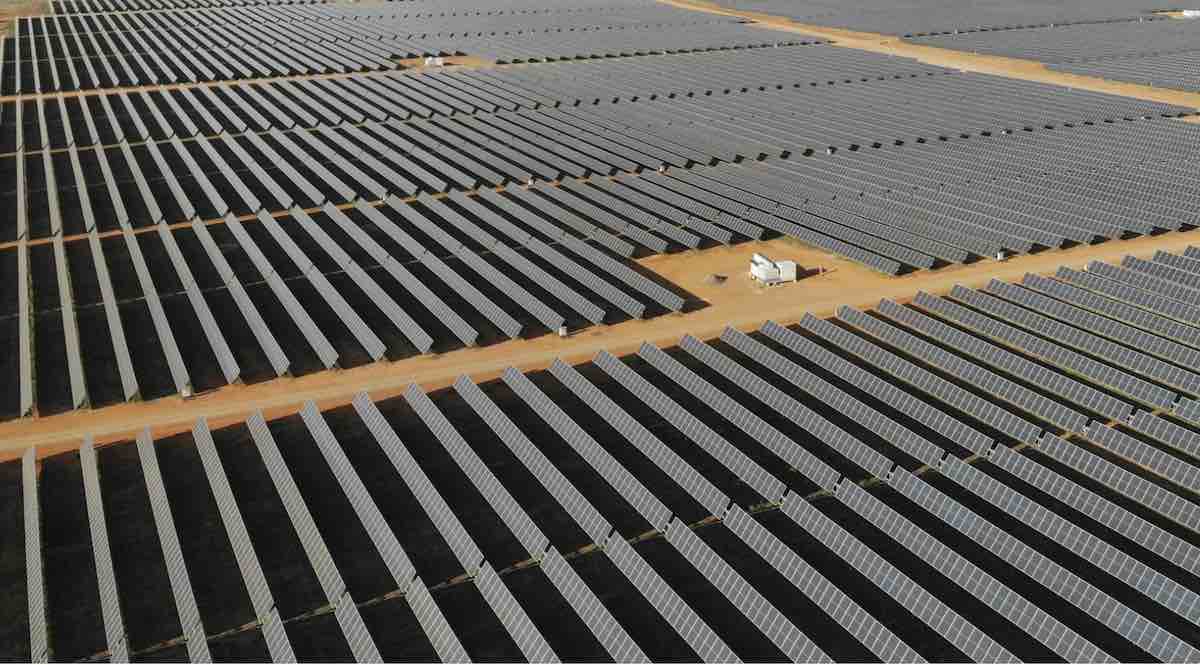The New South Wales government and its agencies have released the final rules of the first tender that signals the start of the biggest energy transition plan ever undertaken in Australia – building the generation and storage needed to replace the country’s biggest fleet of coal generators.
The first of more than a dozen tenders will open next month, under the guidance of AEMO Services, and has a target of around 1GW, or 2,500GWh, of new wind and solar, and another 600MW of long duration storage, most likely to be pumped hydro or possibly even big batteries.
There is some flexibility, however, and the capacity awarded under the complex system could be bigger – in the case of a compelling gigawatt scale wind or solar project -0 or smaller, depending on a range of criteria including the size of the project proposals and their value to the grid.
The complexity of the tender process is still being absorbed by the renewable energy industry and project developers, and broadly includes long term energy supply agreements (LTESAs) which are a type of underwriting scheme, and access rights which guarantee minimal congestion in the state’s renewable energy zones.
It also includes strong targets for local content, although this will be “voluntary” for the first tender but is designed to encourage the creation of a local manufacturing and supply industry – a type of “circular” economy where low cost wind and solar power is used to build wind and solar equipment to supply cheap power to the grid.
The first tender is centred on the first of at least five renewable energy zones, the Central West Orana zone, which is seeking to build at least 5.5GW of capacity over time, and possibly more. But the LTESA’s will be open to projects anywhere in the state, although the access rights are limited to the CWO zone.
It is the first tender of what are expected to be twice yearly offerings over the next 10 years, a process expected to attract more than $34 billion of new investment.
It is the most ambitious program of its type ever contemplated in Australia, and will be a key component of the federal government hopes, and market operator assumptions, that Australia will reach around 82 per cent renewables by the end of the decade.
NSW has been relatively slow in its transition to renewables to date, ahead of only Queensland with a 26 per cent share of renewables, although the pace of developments is accelerating as it becomes increasingly apparent that state’s remaining 10GW of coal fired generators may not be on the grid for long.
The renewable infrastructure plan, pushed by energy minister Matt Kean, is the most comprehensive state-based scheme to manage the transfer from coal to renewables (with the honourable exception of the ACT government which has already contracted the equivalent of 100 per cent of its demand from wind and solar).
The next coal plant to shutter in NSW will be Liddell, due to shut its last unit in early 2023, followed by the 2.8GW Eraring, currently the biggest in Australia, which is currently scheduled to close in late 2025.
Vales Point is next to go in 2029, and while Bayswater and Mt Piper are currently due to stay open until the mid 2030s, many analysts expect them to close sooner than that.
While the renewable industry is grateful for the clarity of purpose in the NSW plan, and the roadmap it has produced, not everyone is happy about the “central” control aspect of the proposal.
And it will be interesting to see how the bids evolve, how many seek access rights in the REZs, where they should be protected from some of the congestion issues that has impacted many projects in the past.
Among the many merit criteria is guidance on local content, which is a relatively high share of local goods and services as part of the overall contract value – including in steel products which is one of the major manufacturing industries in the country.
But it excludes products and components not available locally at the time of the bid, so it’s a little premature to think that NSW might suddenly see a solar module or wind turbine manufacturing facility any time soon, although that does seem to be the long term goal of the state and the federal Labor government.
“The Renewable Energy Sector Board’s plan will help drive a manufacturing renaissance in NSW by growing opportunities for local workers and industry, particularly in the regions,” Kean said in a statement emailed to RenewEconomy.
“Replacing the State’s ageing electricity infrastructure over the coming decades creates a once in a generation investment opportunity that we can use to support our manufacturers and create local jobs.”











